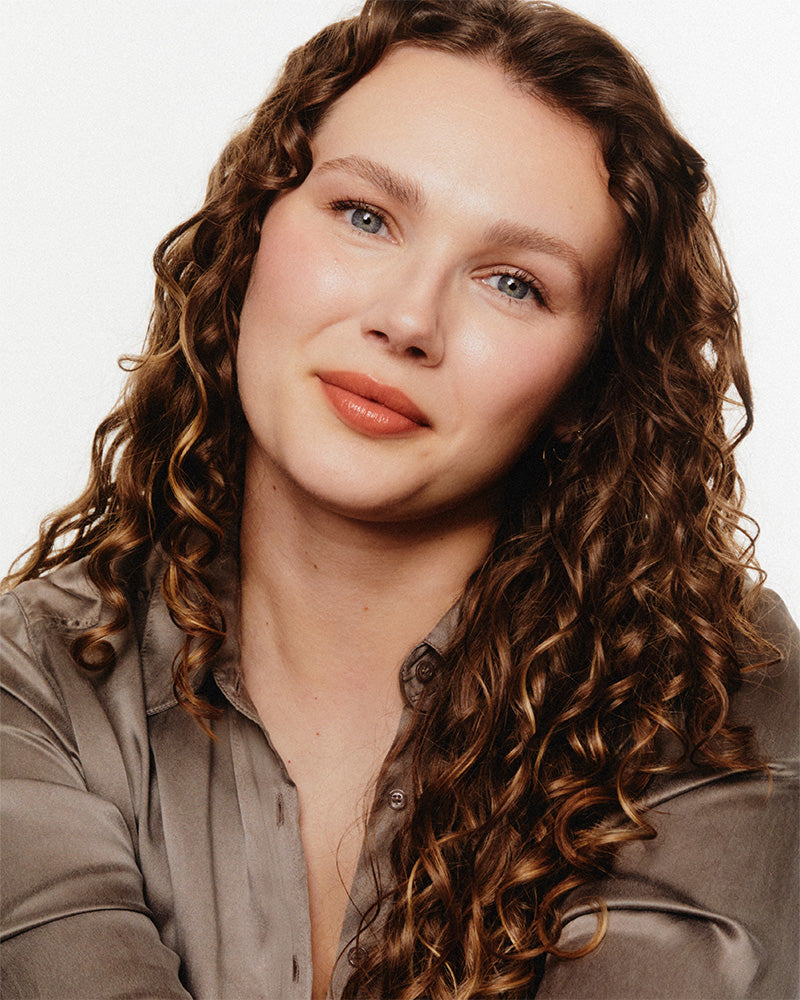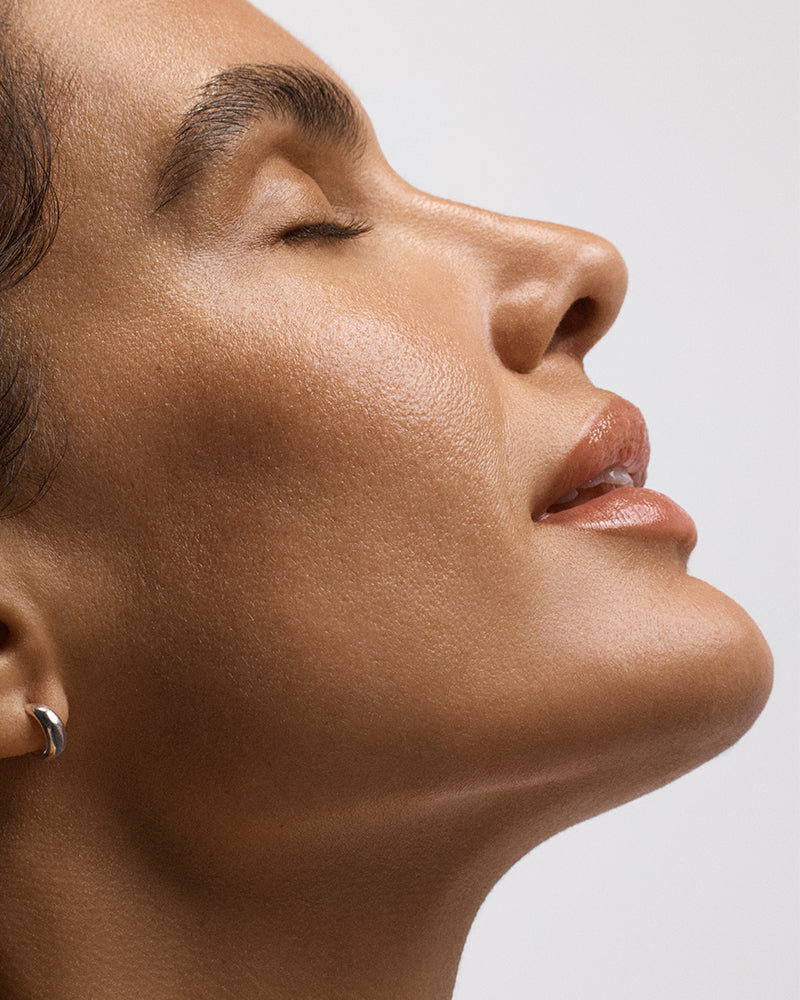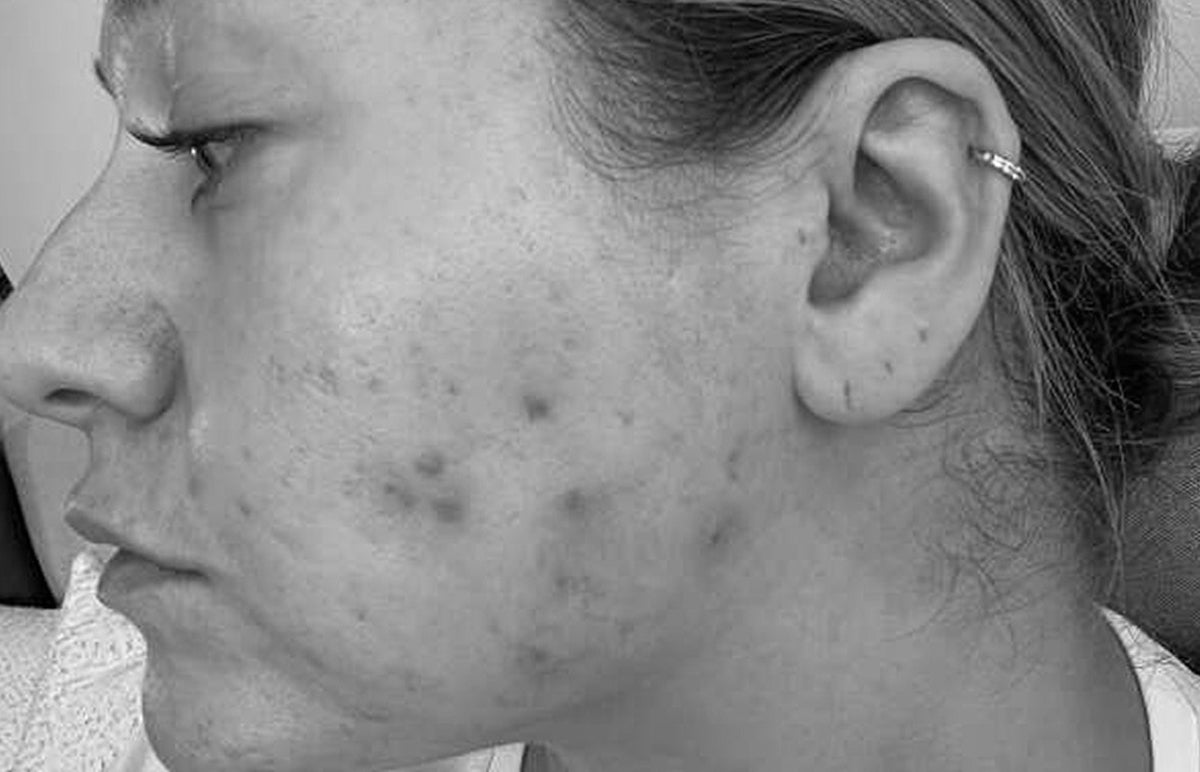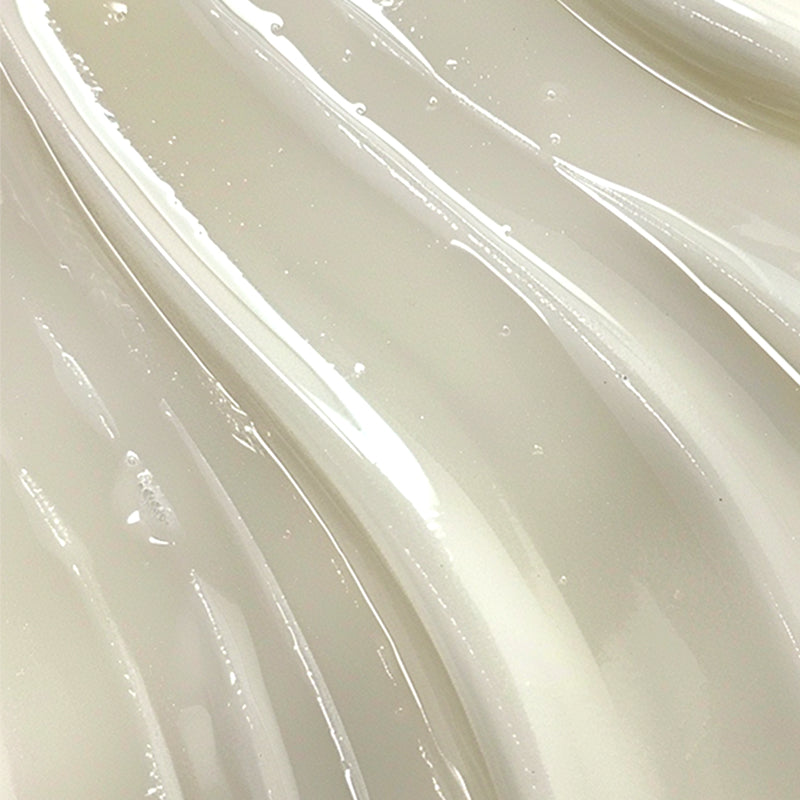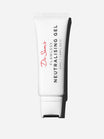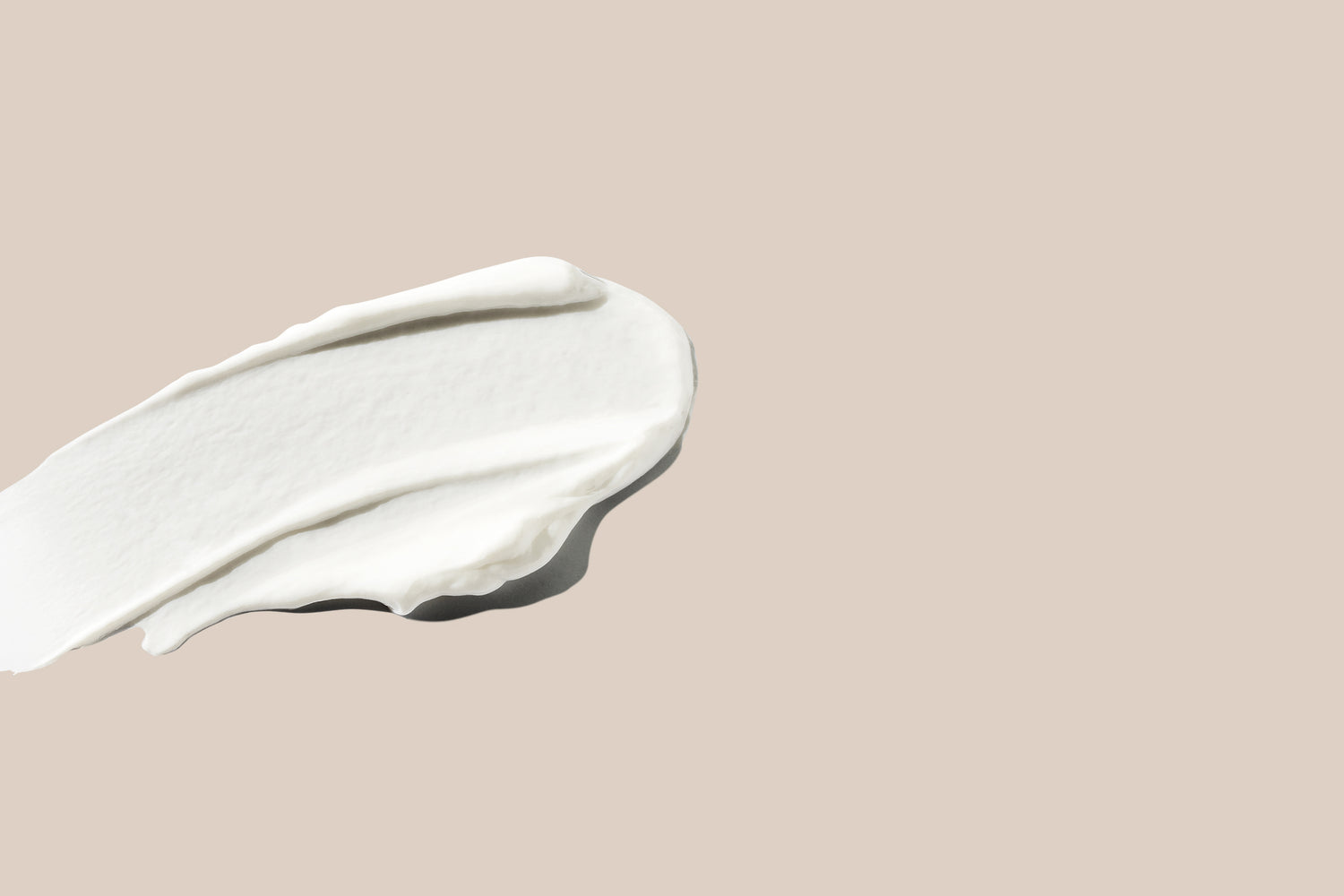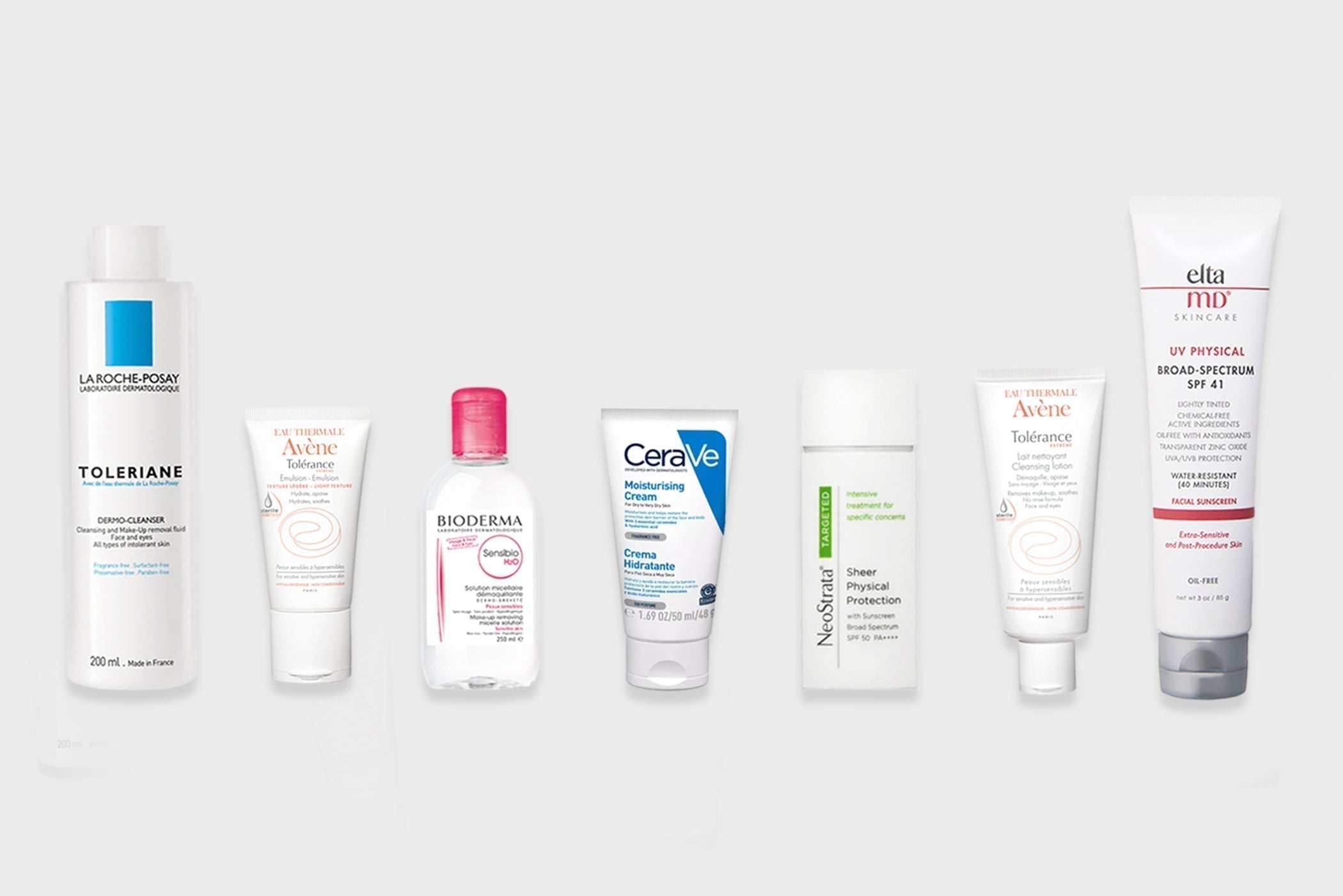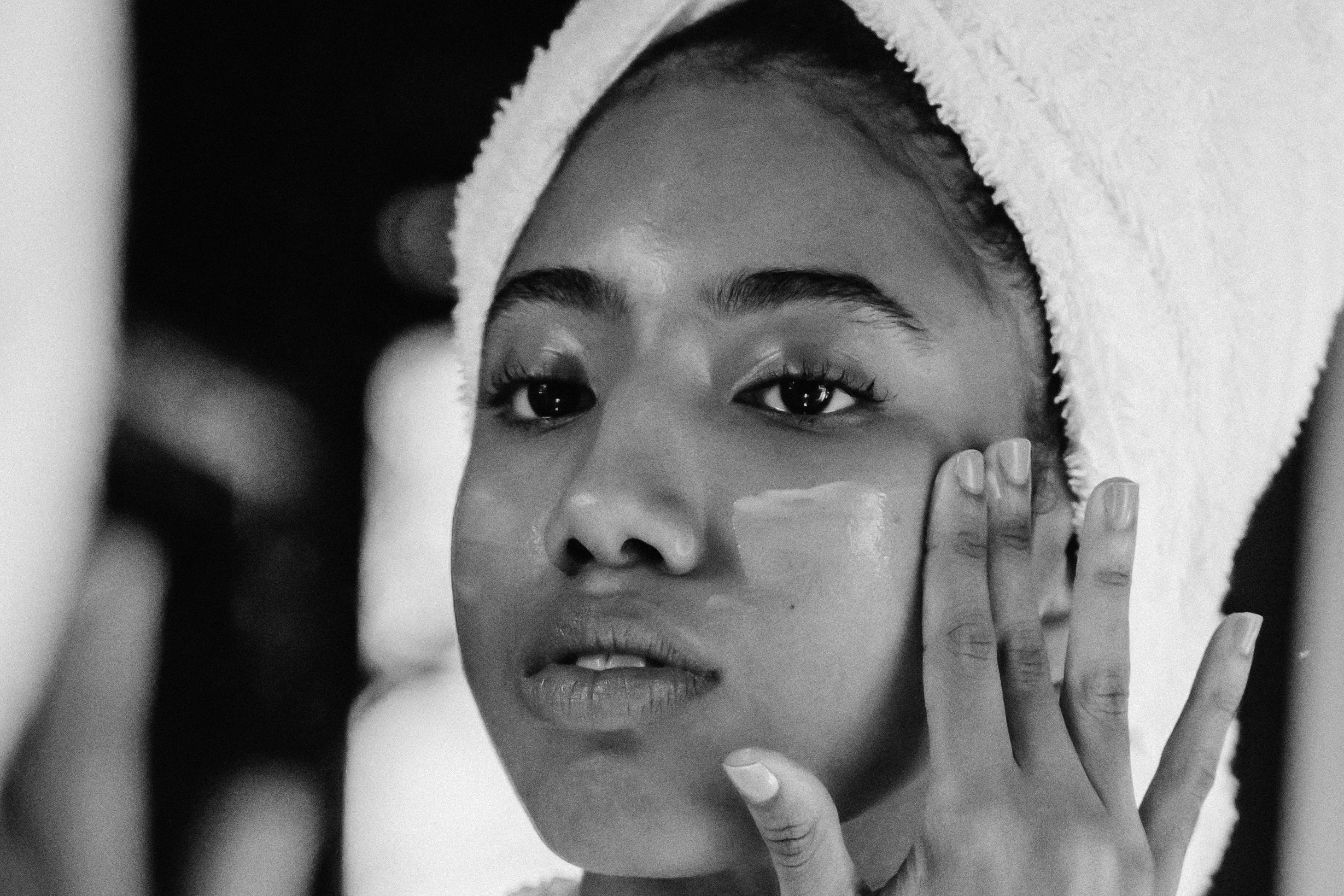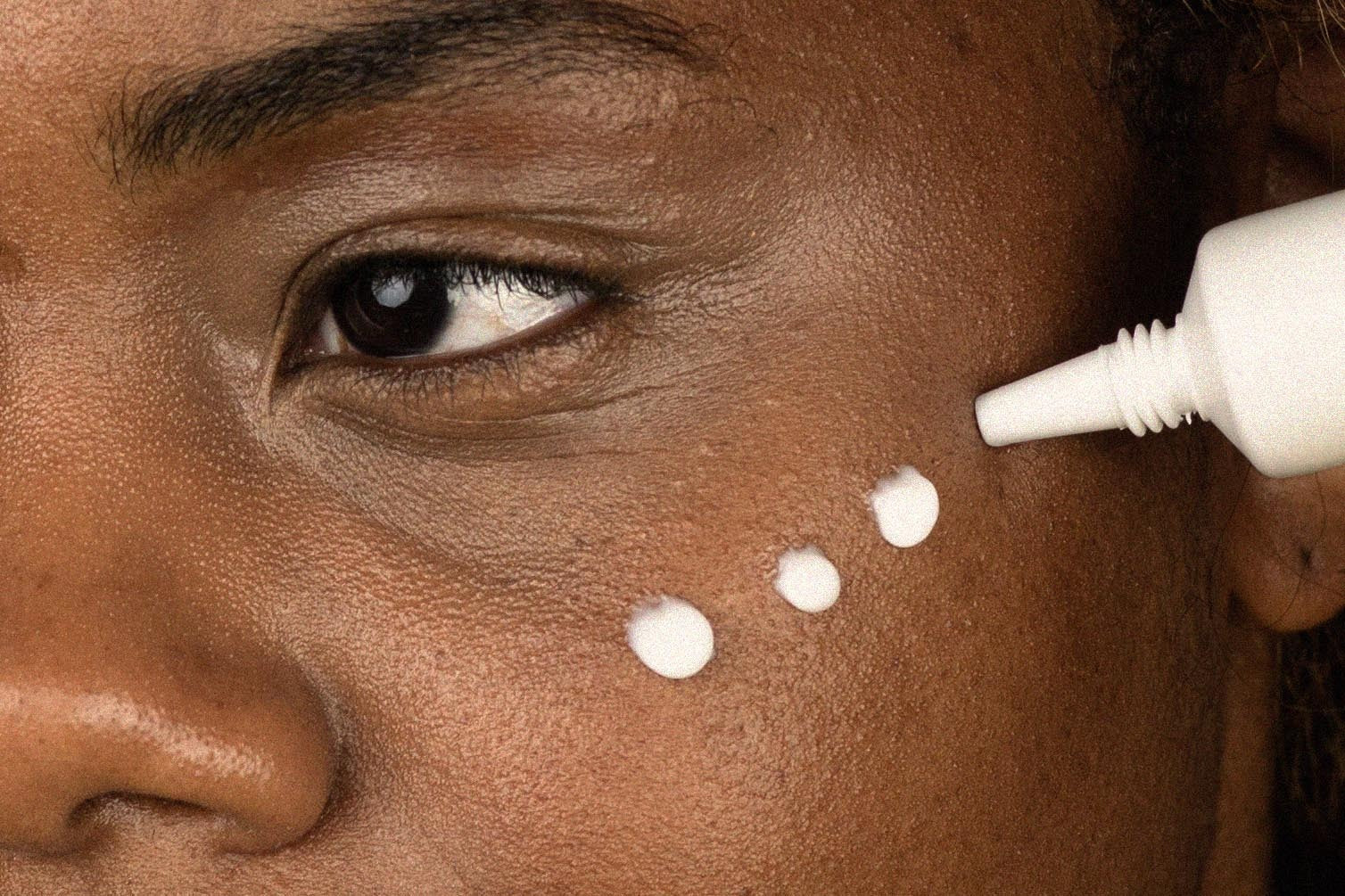We’re HUGE fans of mineral sunscreen at the clinic. Great for toning down redness, safe for use after procedures and suitable for use in the trio of conditions we see most of: acne, rosacea and eczema.
But in the past there have been limitations. A white cast, due to the large nature of the particles of zinc and titanium dioxide. Pastey formulas, which make skin looks dried-out and patchy.
The good news is that advances in formulating technology mean that many of these hurdles have been overcome. So here’s why we’re such fans.
1) It offers great, truly broad-spectrum cover
The combination of titanium dioxide and zinc oxide is highly effective at offering protection across the UVA and UVB spectrum.
2) It’s great for sensitive skin.
The inert nature of mineral filters make them an excellent choice for those with sensitive inflammatory skin issues, such as eczema and rosacea. It’s also the sunscreen category of choice for kids.
3) It won’t block your pores.
This is probably one of the biggest obstacles to daily use, certainly amongst the patients I see and treat in the clinic.
4) A white cast is no longer a given.
Micronzing physical filters - reducing their size so they’re not detectable to the eye - means the dreaded white cast is a thing of the past.
5) It’s immediately effective upon application.
Unlike chemical sunscreens, which require 30 minutes to become absorbed and effective for protection, mineral sunscreens work immediately upon application.
6) It’s photostable.
This means the filters won’t break down under the influence of UV rays, giving great peace of mind.
In practice they’re also the sunscreen of choice for sporty people as they tend not to sting eyes.
Emma and I both find we’re reaching for tinted mineral sunscreen more and more, to minimise complicated layers with masks and with the more relaxed work-for-home vibe….this just makes sense. Simplicity is luxury; and never more so, than in these challenging times.

